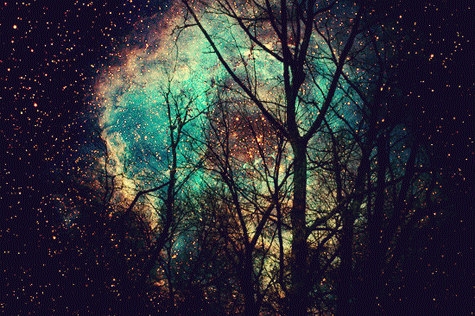Taoism Part 3
Friday, 26 July 2013 • 00:01 • 0 comments
Hey guys! I'm back with more on Taoism! :)
I'll be talking about practices of the Taoist. I'll be highlighting on Alchemy and Physical Practices.
Internal and external alchemy
Internal and external alchemy
Taoist physical practices, such as breath exercises, massage, martial arts, yoga and meditation are designed to transform a person both mentally and physically and so bring them into closer harmony with the Tao.
The writer Norman Girardot puts it like this:
the whole thrust of Taoism has always been in terms of healing methods that seek to re-establish the original balanced wholeness of human nature and society.
Girardot, N.J., Myth and Meaning in Early Taoism: The Theme of Chaos (hun-tun)
Many of these practices are called internal alchemy (nei-dun) by Taoists.
Taoists also practice external alchemy (wai-dan), which involves diet and the use of minerals and herbs to promote long life.
Why call it alchemy?
Alchemists are people who want to transform things into something more valuable, such as converting lead into gold.
Taoist alchemy is concerned with transforming human beings so as to give them longer life and bring them closer to the Tao.
The first alchemists were seeking an elixir which could be used to turn cheap metal into gold. They worked in laboratories, grinding, mixing and heating various substances together in search of the magical compound.
Other alchemists went in search of a different sort of elixir; a pill, potion or practice that would make human beings immortal.
Creating this elixir also involved various combinations of ingredients and particular methods of heating, grinding and mixing, together with other rituals.
This became known as wai-dan (external alchemy) presumably because it involved adding something to the body from outside.
It was both a literal idea, since some people must have hoped to live for ever, and a metaphorical one in which the spirit was steadily purified and came closer to unity with the Tao.
Interior alchemy, which didn't involve external physical compounds, probably developed slightly later. For a long time both were practiced together (rather in the same way that some modern patients will use both drugs and meditation to deal with sickness).
Interior alchemy also seeks to achieve longer life, purity and closeness to the Tao, but the practitioner works on themselves without the use of chemicals to transform the elements within their body into purer forms that will promote the energy of life.
The texts retain the alchemical link by using the language of making an elixir and of chemical transformation to describe internal spiritual development.
Physical practices
Because Taoism doesn't make a rigid division between body and spirit, it recognises that physical actions have a spiritual effect.
Purity
Taoist texts teach the importance of keeping the body pure in order to ensure spiritual health. To remain pure a person should avoid certain activities and foods. Greed, lust, pride and dishonesty are examples of things that should be avoided.
Meditation
Meditation is important to many Taoists. Complex meditation rituals are practiced in various temples.
A vital use of meditation is to create mental stillness and enhance mindfulness. This can give a person the mental space to know the Tao directly.
Breathing
Breath is the most easily perceived form of ch'i, and there are many Taoist breathing exercises. Taoist breathing exercises are called Qui Gong (qigong).
Energy flow
The flow of life energy - ch'i - within the body can be enhanced, regulated and harmonised by various forms of exercise, meditation, and techniques such as acupuncture and moxibustion.
Martial arts
Tai Chi (taiji) originally derived from Taoist exercises created by Chang San-Feng (Zhang Sanfeng) (1127-1279 CE). Modern forms of Tai Chi are more likely to be secular exercises than Taoist practices.
Diet
Classical Taoist teaching recommends abstaining from alcohol, meat, beans and grains.
I'll be back with more on Taoism soon! :)
- Clarice
Citations:
http://www.roletabjj.com/images/martialarts.jpg
http://i.dailymail.co.uk/i/pix/2013/05/22/article-0-19ED425F000005DC-707_964x640.jpg
http://static.guim.co.uk/sys-images/Guardian/About/General/2011/5/23/1306170173777/martial-arts-training-at--007.jpg
http://www.bbc.co.uk/religion/religions/taoism/practices/physical.shtml
http://www.bbc.co.uk/religion/religions/taoism/practices/alchemy.shtml



